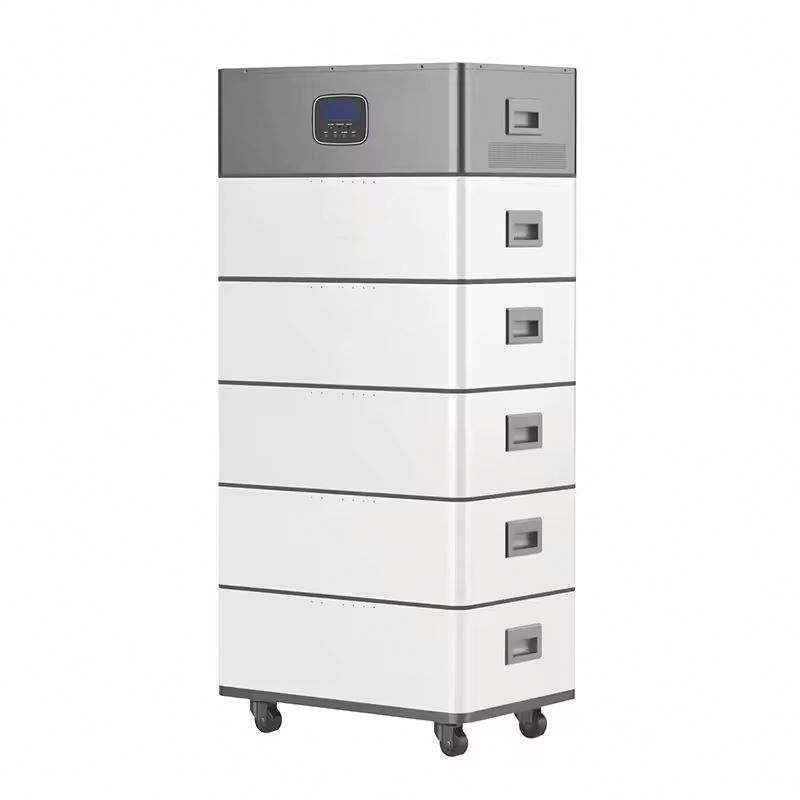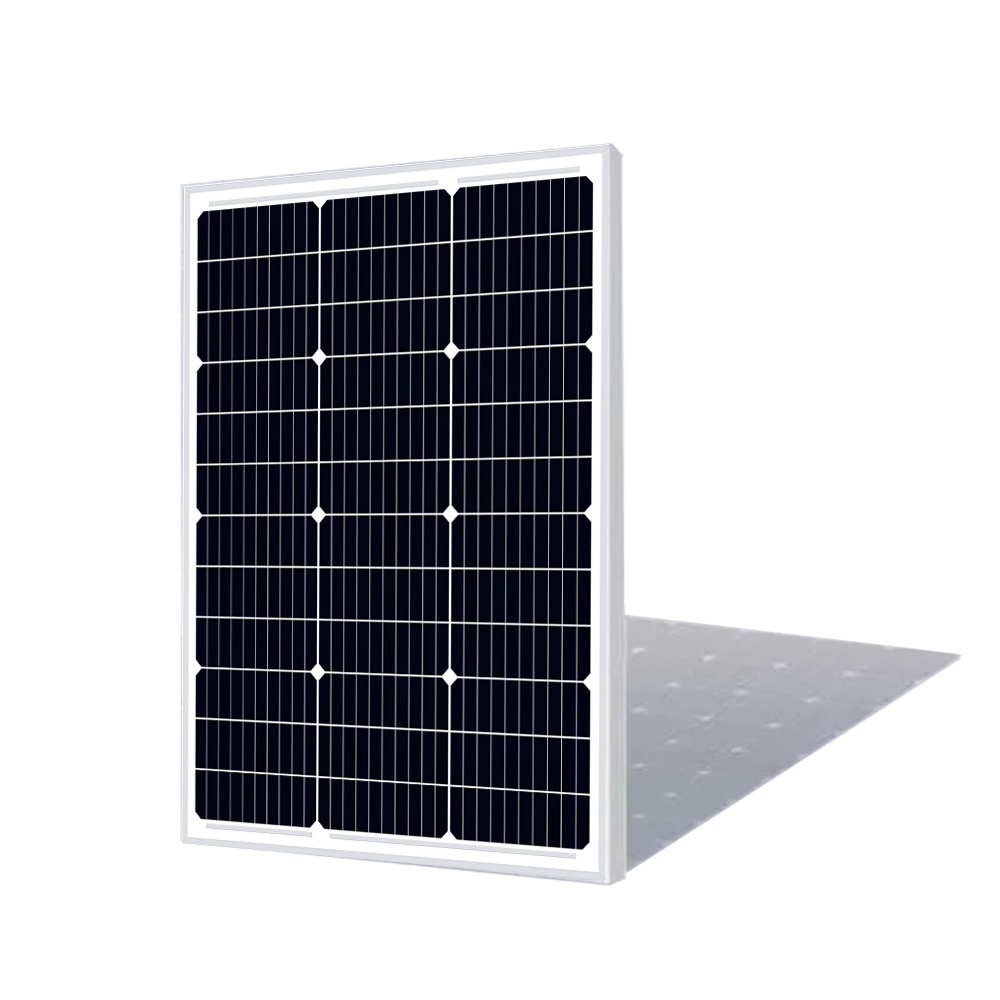
Solar energy is no longer just an alternative energy source—it’s becoming a cornerstone of a sustainable future. With rapidly advancing technology and increasing accessibility, solar energy is transforming homes, businesses, and industries. In this article, we’ll explore the evolving landscape of solar energy, its potential to reshape global energy consumption, and why now is the best time to invest in solar systems.
Why Solar Energy Is the Key to a Sustainable Future
1. Solar Is Infinite and Renewable
The sun provides more energy to Earth in an hour than humanity consumes in a year. Unlike fossil fuels, solar energy is inexhaustible and doesn’t deplete natural resources.
2. Cost Reduction and Accessibility
Solar technology is becoming more affordable. Over the past decade, the cost of solar panels has dropped by over 80%, making it feasible for households and businesses worldwide.
- Governments and organizations are also offering incentives, such as tax breaks and subsidies, to encourage adoption.
3. Reducing Carbon Footprints
Transitioning to solar energy significantly reduces greenhouse gas emissions. For every kilowatt-hour (kWh) generated by solar panels, approximately 0.5kg of CO₂ emissions are avoided.
Innovations in Solar Technology
1. High-Efficiency Solar Panels
- Next-Generation Panels: Monocrystalline and bifacial panels offer exceptional efficiency, converting up to 25% of solar energy into electricity.
- Perovskite Solar Cells: A promising new material that could revolutionize solar energy by making panels cheaper, lighter, and more efficient.
2. Solar Energy Storage
- Advanced lithium-ion batteries allow homes and businesses to store solar energy for use during the night or grid outages.
- Flow batteries, a newer technology, aim to provide long-lasting, scalable storage solutions for large-scale solar farms.
3. Solar-Powered Innovations
- Wearable Solar Tech: Solar-powered watches, phone chargers, and backpacks are becoming more common.
- Solar Windows: Transparent solar panels that generate energy while doubling as windows are transforming urban architecture.
- Floating Solar Farms: Large solar installations on water reservoirs and lakes are reducing land use and boosting energy generation.
The Global Impact of Solar Energy
1. Solar Power in Developing Nations
- Off-grid solar systems are bringing electricity to remote areas, empowering communities without access to traditional power grids.
- Solar lanterns and small-scale systems are replacing kerosene lamps, improving health and reducing pollution.
2. Solar Energy in Urban Areas
- Cities are integrating solar panels into rooftops, parking lots, and even public infrastructure.
- Solar-powered smart grids enable more efficient energy distribution and management in urban environments.
3. Industrial Revolution in Renewable Energy
- Major industries, including manufacturing, agriculture, and transportation, are transitioning to solar energy to lower costs and meet sustainability goals.
- Solar desalination plants are addressing water scarcity by converting seawater into drinkable water using solar power.
Why Now Is the Perfect Time to Invest in Solar
1. Energy Independence
By investing in solar, homeowners and businesses can protect themselves from rising electricity prices and grid volatility.
- Hybrid systems with battery storage offer reliable power, even during outages.
2. Financial Incentives
- Many countries offer rebates, tax credits, and grants for solar installations.
- Net metering programs allow users to earn credits by selling excess energy back to the grid.
3. Economic Viability
- Solar panels typically pay for themselves within 5–8 years, and their operational lifespan exceeds 20 years, ensuring long-term savings.
4. Environmental Responsibility
Switching to solar energy is a tangible way for individuals and businesses to reduce their carbon footprint and contribute to global climate goals.
The Challenges Ahead
While solar energy is promising, it’s not without challenges:
1. Weather Dependency
Solar panels rely on sunlight, making energy generation less predictable in areas with frequent cloudy weather.
2. Storage Limitations
Although improving, battery storage technology still has high costs and limited lifespan compared to panels.
3. Recycling and Waste Management
As solar panels reach the end of their lifespan, efficient recycling solutions are necessary to minimize waste.
4. High Initial Costs
Despite falling prices, the upfront cost of solar systems remains a barrier for some households and businesses.
How Thlinkpower Is Shaping the Solar Revolution
At Thlinkpower, we’re dedicated to making solar energy accessible, efficient, and reliable for everyone.
Our Mission
We aim to lead the solar revolution by providing cutting-edge products and expert solutions tailored to individual and industrial needs.
What We Offer
- Advanced Solar Panels: High-efficiency panels with durable construction for long-term use.
- Custom Solar Kits: Complete solutions for homes, businesses, and industrial applications.
- Energy Storage Systems: Reliable batteries to store solar energy for consistent power supply.
- Off-Grid Solutions: Solar systems designed for remote areas and communities.
- Consultation and Support: Our team ensures a seamless transition to solar energy with expert guidance.
Our Impact
- Helping households reduce energy bills by up to 80%.
- Supporting businesses in achieving sustainability goals with cost-effective solar solutions.
- Empowering remote communities with off-grid solar systems.
Future Trends to Watch
1. Solar Integration in Smart Cities
Smart cities are adopting solar energy to power streetlights, transportation, and public utilities, reducing urban energy consumption.
2. Space-Based Solar Power
Research into space-based solar farms aims to capture sunlight from orbit, where it’s constant, and beam the energy back to Earth.
3. AI and IoT in Solar Management
Artificial intelligence and the Internet of Things are optimizing solar energy systems by predicting energy usage, weather patterns, and maintenance needs.
4. Community Solar Projects
Shared solar farms allow individuals and businesses to invest in renewable energy without needing their own installation.
How to Start Your Solar Journey
Step 1: Assess Your Energy Needs
Analyze your electricity consumption to determine the size of the solar system you need.
Step 2: Choose the Right Components
Select high-efficiency panels, reliable inverters, and optional battery storage for peak performance.
Step 3: Consult Experts
Work with trusted solar providers like Thlinkpower to design a system that meets your energy and budgetary requirements.
Step 4: Take Advantage of Incentives
Research local rebates, tax credits, and grants to lower your solar installation costs.
Contact Us
Ready to embrace the future of solar energy? Thlinkpower is here to guide you every step of the way.
- Phone: +86-18157449065
- Email: thlink5@thlinkpower.com
- Address: Lijiaqiao Village, Gulin Town, Haishu District, Ningbo City, Zhejiang Province
- Website: [https://xl-b.pinshop.com/]



